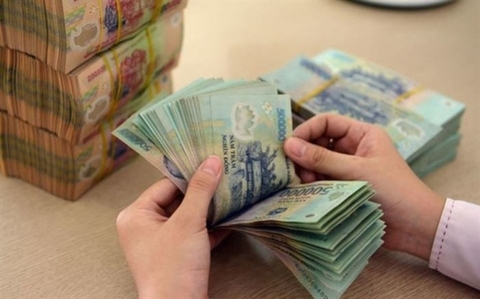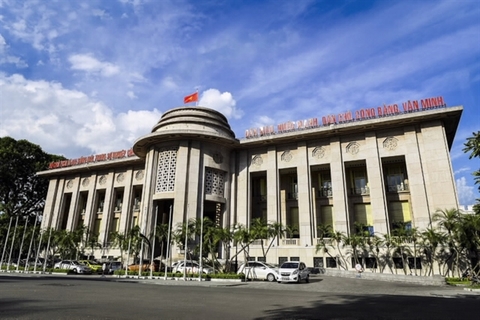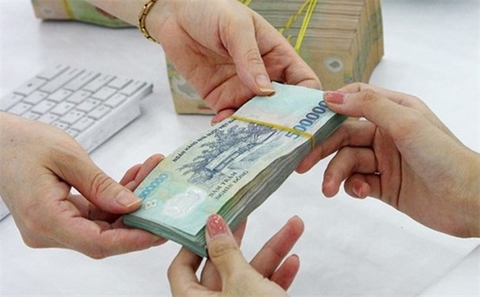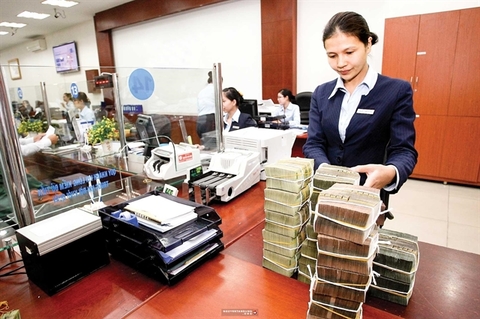Interest rates to be stable till year end
Interest rates to be stable till year end
Interest rates in the domestic market are expected to remain stable until the end of the year, buoyed by good liquidity and proper credit growth, said Pham Thanh Ha, director of the State Bank of Viet Nam (SBV)’s Monetary Policy Department.
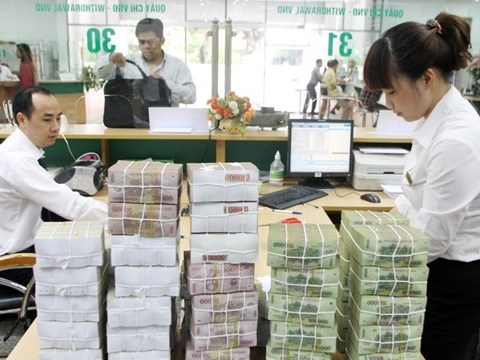
According to Ha, the pressure on domestic interest rates has eased as central banks in many countries are no longer pursuing tight monetary policies.
An SBV decision to cut several key interest rates by 0.25 percentage points from the middle of this month would help credit institutions access more affordable capital from the SBV, in turn enabling the institutions to improve liquidity and keep interest rates stable, Ha said, adding it would help support economic growth.
The SBV would continue to monitor local macroeconomic trends and the monetary market to flexibly employ monetary policy instruments, in order to control inflation, stabilise the macro-economy and support economic growth, Ha said, affirming the central bank would maintain a 14 per cent credit growth target for this year.
The SBV announced the 0.25 percentage point rate cut from September 16, which would take its refinancing and discount rates to 6 per cent and 4 per cent, from 6.25 per cent and 4.25 per cent previously.
According to Ha, the move is aimed to support liquidity for credit institutions and boost the country’s economic growth.
However, experts said the adjustment was quite low compared to the current loan rates, which poses no major impacts to the deposit and lending rates.
The Bao Viet Securities Company said the SBV’s move is deemed to have orientational and psychological effects, instead of major impacts on the financial market.
Analysts from Fitch Solutions expect the central bank to retain a hold over the coming months to observe the impact of its rate cut on the economy before making further adjustments to its monetary policy.
This is predicated on Fitch’s view for rate cuts to have a limited effect in boosting growth at this juncture due to an infrastructure deficit in major Vietnamese cities. Moreover, inflationary pressures mainly from rising food prices, on the back of the spread of the African swine fever across Viet Nam and also across Asia, would likely also see the SBV favour keeping its interest rates on hold.
“We expect the rate cut to have a limited impact on raising growth, although we now note that the SBV’s rate cut will pose a slight risk to our 2019 real GDP growth forecast of 6.5 per cent, which we will be looking to review upon the release of the growth print in the third quarter of 2019. Going forward, we forecast growth to strengthen to 6 .8 per cent in 2020,” Fitch analysts told Viet Nam News, explaining that this is because while there have been strong signs of companies shifting their manufacturing operations to Viet Nam amid the ongoing US-China trade war, the rush to relocate has resulted in an infrastructure deficit in the country.
According to Fitch, it is also revising its forecasts for Viet Nam’s inflation to average 2.7 per cent in 2019 and 3.7 per cent in 2020, from 2.9 per cent and 3.3 per cent previously.
“We expect food and housing construction material inflation to increasingly put upside pressure on the headline figure, although this is likely to be partially offset by weak transport inflation from lower oil prices,” the analysts said.
It is expected food inflation to pick up over the coming months, as the spread of African swine fever, which has now affected all provinces in Viet Nam and increasing locations around the region, has put pressure on food prices.
A likely pickup in construction work over the coming months in an attempt to alleviate the infrastructure deficit should also put pressure on construction material costs.
In addition, weak global demand due to slowing global growth will likely see oil prices remain subdued over the coming quarters, barring any major supply shocks, and this should see transport inflation correspondingly also remain subdued, partially offsetting the inflation in food and construction materials. Brent oil prices are forecast to average US$64 per barrel in 2019 and $62 in 2020, below the year-to-date average of $64.9 and a notch below 2018's average of $71.7.






